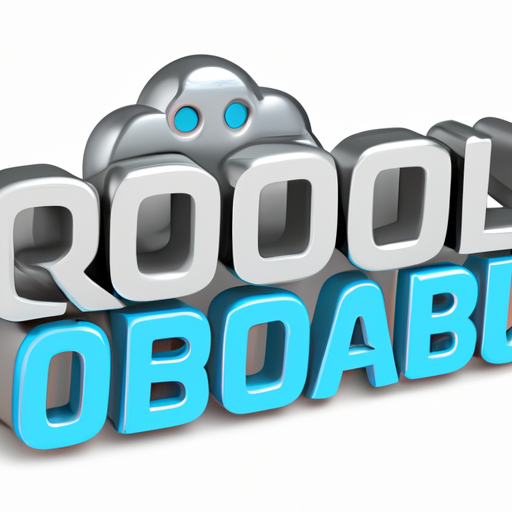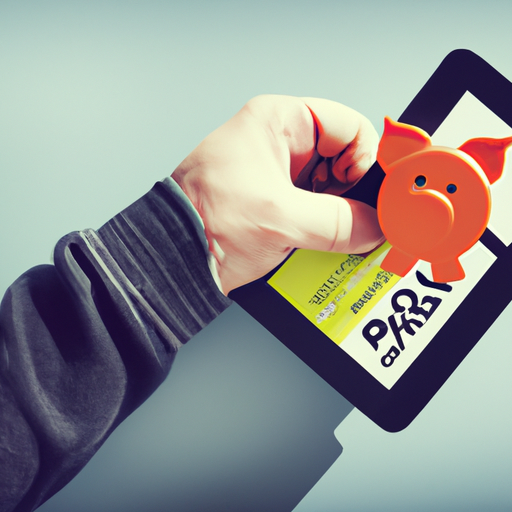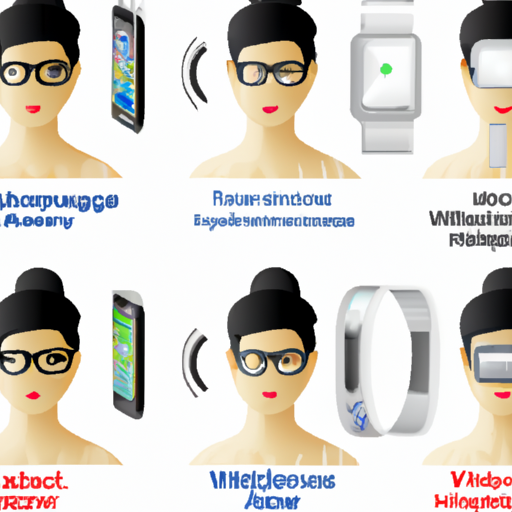In the digital age, cloud robotics is becoming a pivotal force in the evolution of robotics technology. By integrating cloud computing with robotic systems, businesses are unlocking new opportunities for enhanced intelligence, flexibility, and scalability. This post delves into the fascinating world of cloud robotics, exploring its applications, benefits, and future prospects.
What is Cloud Robotics?
Cloud robotics refers to the use of cloud computing in robotic systems to facilitate processing power and data storage. Instead of relying solely on local processing, robots can leverage powerful cloud resources to access vast amounts of data and perform complex computations in real-time. This synergy enables robots to learn from one another and share knowledge, ultimately leading to more intelligent and adaptable systems.
Key Benefits of Cloud Robotics
- Increased Processing Power: Cloud robotics allows robots to offload heavy computations to the cloud, utilizing powerful servers and algorithms that exceed local hardware capabilities.
- Scalability: Businesses can scale their robotic operations more easily by leveraging cloud resources, minimizing the need for significant upfront investments in hardware.
- Real-Time Updates: Cloud-connected robots can receive updates and software enhancements instantly, ensuring they operate with the latest advancements without the need for manual interventions.
- Enhanced Collaboration: Robots connected to the cloud can share data and experiences, leading to improved decision-making and more efficient outcomes.
Applications of Cloud Robotics
Cloud robotics is revolutionizing various industries with its innovative applications:
- Manufacturing: Robots can monitor production lines, analyze performance data, and optimize processes all via cloud platforms, significantly increasing operational efficiency.
- Healthcare: Surgical robots can access cloud-stored patient data, enabling better personalization of treatment plans and improved surgical precision through enhanced analytics.
- Logistics and Supply Chain: Autonomous vehicles and drones use cloud robotics to manage inventories, track shipments, and predict delivery windows, improving overall supply chain efficiency.
- Smart Homes: Home automation systems employ cloud robotics for improved user interaction, managing multiple devices seamlessly via cloud connectivity.
The Future of Cloud Robotics
As advancements in artificial intelligence (AI) and machine learning continue to progress, the potential for cloud robotics is boundless. Future developments may lead to:
- More Autonomous Robots: With machine learning algorithms improving, robots will achieve higher levels of autonomy, making real-time decisions based on data analysis.
- Wider Adoption Across Sectors: We can expect to see a broader adoption of cloud robotics in various fields beyond those currently utilizing them, driven by the decreasing cost of cloud technologies.
- Enhanced Safety and Reliability: Ongoing improvements in cybersecurity and data integrity in cloud environments will bolster trust in cloud robotics applications, leading to wider usage.
Conclusion
Cloud robotics represents a transformative leap in the capability and functionality of robotic systems. By harnessing cloud computing, businesses can enhance operational efficiency and foster innovation across industries. As we look to the future, the intersection of AI, machine learning, and cloud robotics will undoubtedly shape the landscape of intelligent automation.
Stay informed about the latest trends in technology by subscribing to our blog!




